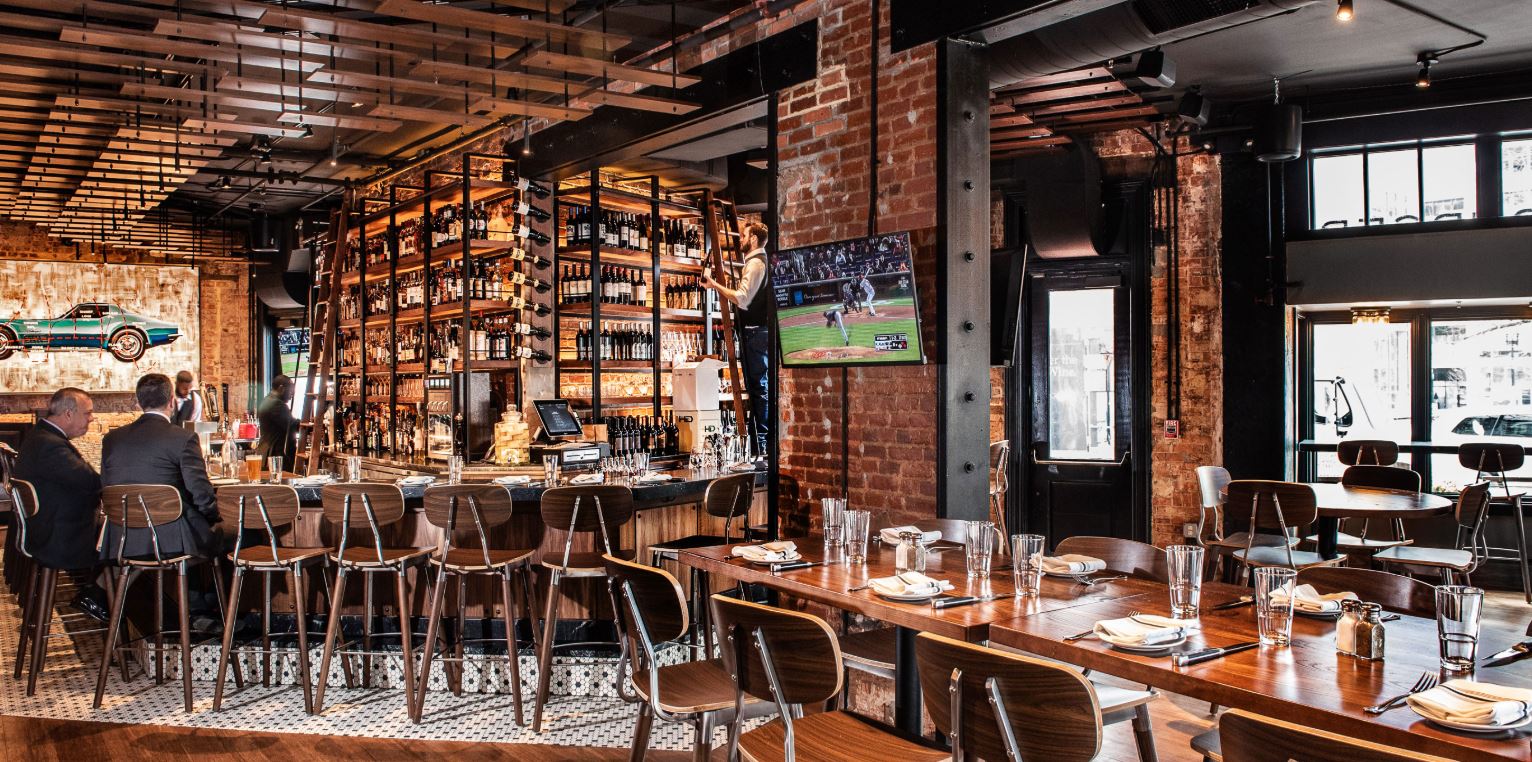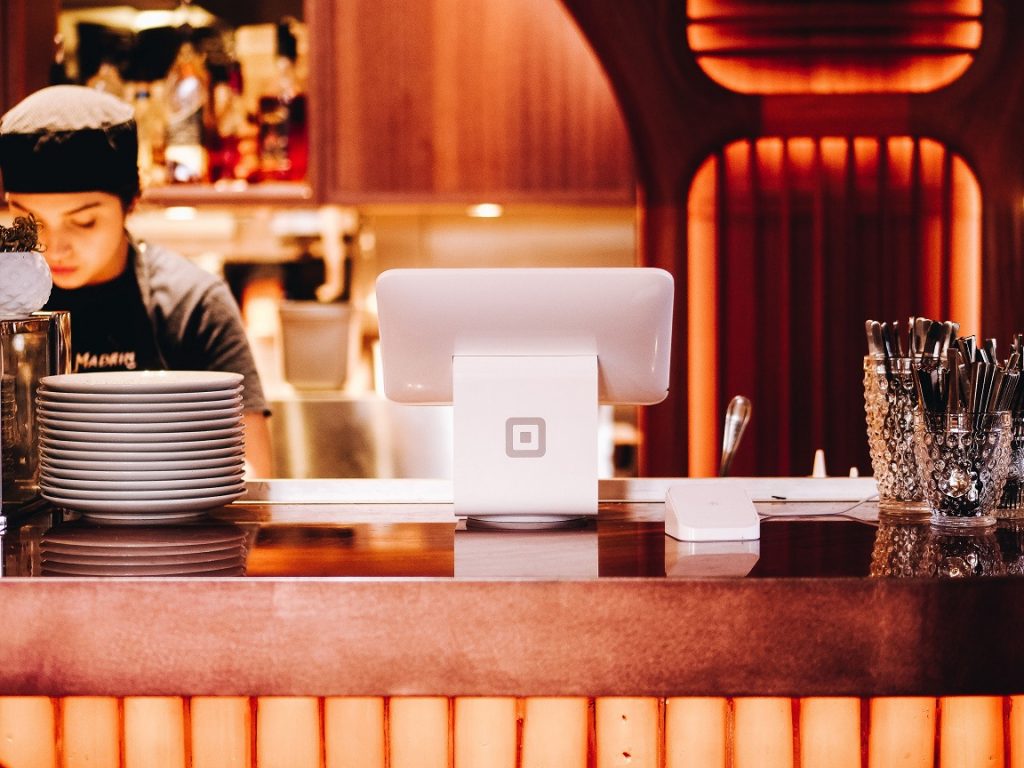Instagrammable Restaurants Islamabad: Picture-Perfect Dining Knowledge
Savor Genuine Oriental Cuisine With a Pan-Asian Spin for a Culinary Journey
Getting started on a cooking trip with genuine Asian food, enhanced with a Pan-Asian twist, provides a special chance to check out the rich tapestry of tastes that specify the area's diverse cooking customs. As you contemplate these enticing recipes, consider the cultural narratives and historic influences that form them, each bite supplying a story waiting to be uncovered. best asian restaurant Islamabad.

Exploring Pan-Asian Tastes
In the world of global gastronomy, Pan-Asian food stands apart for its impressive diversity and the harmonious interaction of tastes from various Eastern societies. This cooking approach commemorates the abundant traditions and distinct components found across the continent, creating a tapestry of tastes that is both interesting and gratifying. Trick to Pan-Asian food is its capacity to stabilize different flavors-- pleasant, salty, spicy, and sour-- while highlighting the quality and top quality of each active ingredient.
From the umami-rich soy sauce of Japan to the intense chili peppers of Thailand, Pan-Asian food uses a comprehensive palette of tastes. These elements are often combined in innovative methods, enhancing dishes with layers of complexity. For circumstances, making use of aromatic herbs such as lemongrass and cilantro, usual in Vietnamese and Thai food, adds a refreshing illumination to recipes, while the incorporation of coconut milk supplies a velvety, rich texture.
The focus on fresh produce and fragrant spices ensures that each meal is not just a banquet for the palate yet additionally for the detects. Pan-Asian cuisine welcomes diners to start a culinary trip, checking out the substantial and varied landscapes of Oriental gastronomy with every bite.
Fusion Meals to Try
While Pan-Asian food is celebrated for its conventional flavors, the contemporary culinary landscape is progressively welcoming fusion recipes that mix these traditional components with impacts from other regions. This cutting-edge strategy not only honors the abundant heritage of Eastern cooking arts but additionally introduces unique preference experiences that appeal to modern palates.
An archetype of such a fusion meal is the Korean-Mexican taco, where marinated bulgogi beef is covered in a cozy tortilla, topped with kimchi and a spicy gochujang-infused salsa. This mix marries the bold, savory tastes of Korea with the dynamic, fresh elements of Mexican food. In a similar way, sushi burritos have obtained popularity, joining together the delicate virtuosity of Japanese sushi with the hearty, hand-held ease of a burrito, usually including fusion active ingredients like tempura shrimp and avocado with a drizzle of wasabi mayo.
Another notable recipe is Thai curry ramen, which instills the luscious, aromatic flavors of Thai curry right into the soothing brew of conventional Japanese ramen, producing a harmonious mix that tantalizes the senses. These blend dishes prolong beyond mere uniqueness; they represent a culinary discussion between cultures, motivating expedition and innovation on the planet of Pan-Asian cuisine.
Necessary Ingredients and Seasonings
To truly appreciate Pan-Asian cuisine, one need to comprehend the crucial ingredients and flavors that develop its structure. This diverse culinary style draws from an abundant tapestry of Asian traditions, employing a harmonious blend of tastes and textures. Secret components consist of soy sauce, fish sauce, and oyster sauce, which present a tasty umami depth important to Eastern meals. Complementary to these are rice vinegar and mirin, providing a fragile level of acidity and sweet taste.
Fragrant aspects are essential, with ginger, lemongrass, and garlic being common throughout different Pan-Asian recipes. These ingredients provide a great smelling base that enhances the complexity of tastes. Spices such as star anise, cardamom, and cinnamon present warmth and character, echoing influences from areas like China and India.

Cooking Strategies and Tips
Mastering the art of Pan-Asian food requires familiarity with its unique food preparation techniques, each contributing to the vibrant tapestry of flavors this cooking custom is commemorated for. Central to these methods is the stir-fry, a fast cooking technique that protects the nutritional honesty and vivid colors of active ingredients. Making use of a wok, the stir-fry technique enables even warm circulation, important for accomplishing the characteristic appearance and flavor equilibrium of Pan-Asian recipes.
Another basic strategy is steaming, particularly prevalent in Chinese cuisine. This gentle method preserves the all-natural tastes and nutrients of active ingredients, making it ideal for seafood and vegetables. Dumplings, a beloved staple, commonly gain from steaming, resulting in soft, succulent textures.
Grilling, additionally integral, gives great smoky midsts to meals such as Korean bulgogi or Japanese yakitori (pan asian restaurant Islamabad). This method commonly entails marinading components, permitting tastes to permeate deeply before cooking over an open flame or warmer
Last but not least, grasping the art of balancing flavors-- wonderful, sour, salted, bitter, and umami-- is vital. Appropriately layering these aspects can elevate a dish from common to remarkable, offering a facility and pleasing culinary experience that embodies the significance of Pan-Asian cuisine.
Eating Experiences Worldwide
Throughout the globe, Pan-Asian food provides an unmatched dining experience, commemorated for its rich tapestry of flavors and lively find out this here presentations. This culinary sensation has gone beyond cultural boundaries, catching the hearts and palates of food lovers check over here worldwide. In cosmopolitan cities fresh York, London, and Sydney, Pan-Asian dining establishments function as melting pots where cooking traditions from Thailand, Japan, China, and past assemble, providing restaurants with a diverse mix of meals that highlight the area's diversity.
The international appeal of Pan-Asian cuisine depends on its capacity to supply both authenticity and innovation. Cooks masterfully wed typical ingredients such as lemongrass, soy sauce, and miso with contemporary methods, causing recipes that are both refreshingly brand-new and acquainted. This blend allows diners to start a culinary journey that appreciates heritage while accepting modernity.
In addition, eating experiences are elevated through thoughtfully developed environments that mirror the principles of Pan-Asian visual appeals. From minimalist Japanese-inspired interiors to vibrant Thai-themed areas, each dining establishment offers an unique ambiance that enhances the culinary offerings. Because of this, clients are not simply taking in a dish yet partaking in a social experience, making Pan-Asian eating a genuinely worldwide sensation.
Final Thought
The exploration of Pan-Asian food supplies an extensive understanding of the elaborate interplay of flavors and culinary customs across Asia. By accepting blend dishes such as Thai curry ramen and sushi burritos, the culinary journey not only highlights the flexibility of typical active ingredients yet additionally showcases cutting-edge contemporary techniques. This gastronomic journey, enhanced by cooking see this methods and necessary seasonings, supplies a special opportunity to value the cultural diversity and culinary virtuosity that define Pan-Asian food on a global scale.
Getting started on a culinary trip with genuine Oriental food, improved with a Pan-Asian twist, uses a distinct opportunity to check out the rich tapestry of tastes that define the region's diverse cooking traditions.In the realm of international gastronomy, Pan-Asian cuisine stands out for its remarkable variety and the unified interplay of tastes from various Asian cultures. Trick to Pan-Asian cuisine is its capability to stabilize contrasting tastes-- sweet, salted, spicy, and sour-- while highlighting the quality and quality of each active ingredient.
